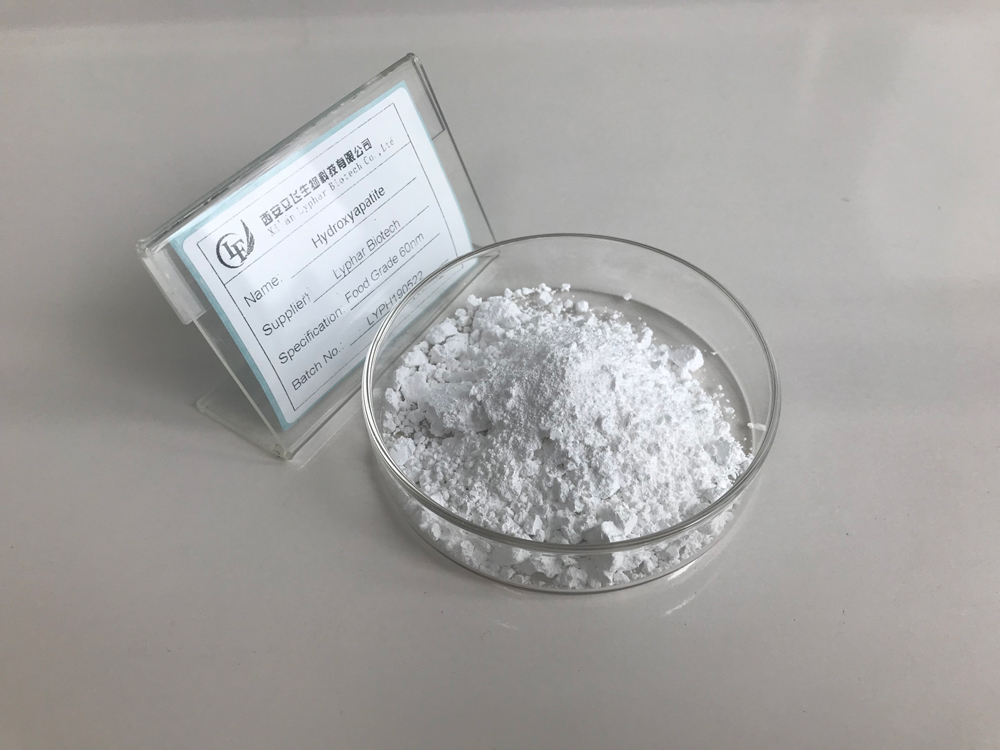Hydroxyapatite is a naturally occurring form of calcium apatite, which is a mineral component of bones and teeth. It is also used in various applications, including dental and medical fields. Here are some pros and cons of hydroxyapatite:
Pros of Hydroxyapatite:
Biocompatibility: Hydroxyapatite is biocompatible, meaning it is well-tolerated by the human body. This makes it suitable for use in medical and dental implants.
Similarity to Natural Bone: Its chemical structure closely resembles that of the mineral component of bones and teeth, making it an ideal material for bone grafts and dental applications.

Osteoconductive Properties: Hydroxyapatite supports bone growth and integration with surrounding tissues, promoting the regeneration of bone.
Stability: It is a stable material with good mechanical properties, providing structural support in various applications.
Dental Applications: Hydroxyapatite is commonly used in dental products such as toothpaste and coatings for dental implants due to its remineralizing properties.
Cons of Hydroxyapatite:
Brittleness: Hydroxyapatite can be brittle, which may limit its use in load-bearing applications. This brittleness can be a concern, especially in situations where high mechanical strength is required.
Processing Challenges: The synthesis and processing of hydroxyapatite can be complex, and the final properties of the material may vary based on the manufacturing methods.

Cost: Hydroxyapatite, especially when used in medical implants, can be relatively expensive compared to other materials. This can impact its widespread adoption, particularly in cost-sensitive applications.
Degradation Rate: The degradation rate of hydroxyapatite implants may not always match the rate of new bone formation, potentially leading to complications.
Limited Load-Bearing Capacity: While hydroxyapatite is suitable for certain bone applications, it may not be ideal for high-load-bearing situations due to its brittleness.
It’s important to note that the use of hydroxyapatite depends on the specific application, and its advantages and disadvantages should be carefully considered in the context of the intended use. Additionally, ongoing research and advancements in material science may address some of the limitations associated with hydroxyapatite.
